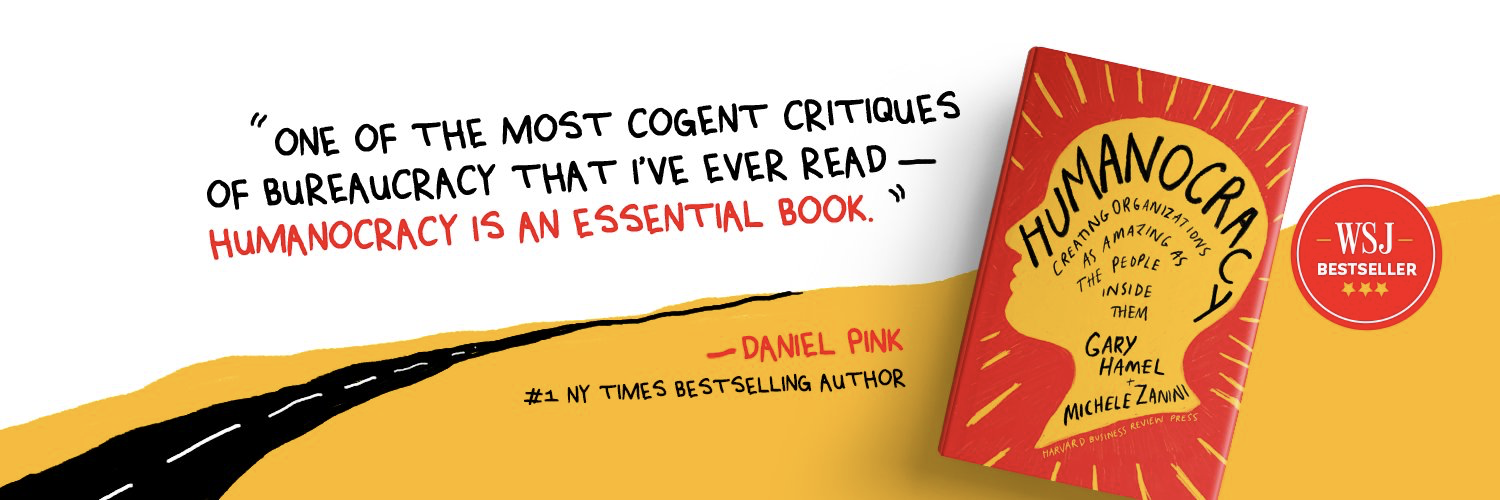Increase trust, reduce fear
“The most critical challenge for any organization is to enlarge the circle of trust.”
Command-and-control systems reflect a deep mistrust of employees’ commitment and competence. They also tend to overemphasize sanctions as a way of forcing compliance. That’s why so many organizations are filled with anxious employees who are hesitant to take the initiative or trust their own judgment. Organizational adaptability, innovation, and employee engagement can only thrive in a high-trust, low-fear culture. In such an environment, information is widely shared, contentious opinions are freely expressed, and risk taking is encouraged. Fear paralyzes, mistrust demoralizes—they must be wrung out of our management systems.
Increase trust, reduce fear
“The most critical challenge for any organization is to enlarge the circle of trust.”
Command-and-control systems reflect a deep mistrust of employees’ commitment and competence. They also tend to overemphasize sanctions as a way of forcing compliance. That’s why so many organizations are filled with anxious employees who are hesitant to take the initiative or trust their own judgment. Organizational adaptability, innovation, and employee engagement can only thrive in a high-trust, low-fear culture. In such an environment, information is widely shared, contentious opinions are freely expressed, and risk taking is encouraged. Fear paralyzes, mistrust demoralizes—they must be wrung out of our management systems.






